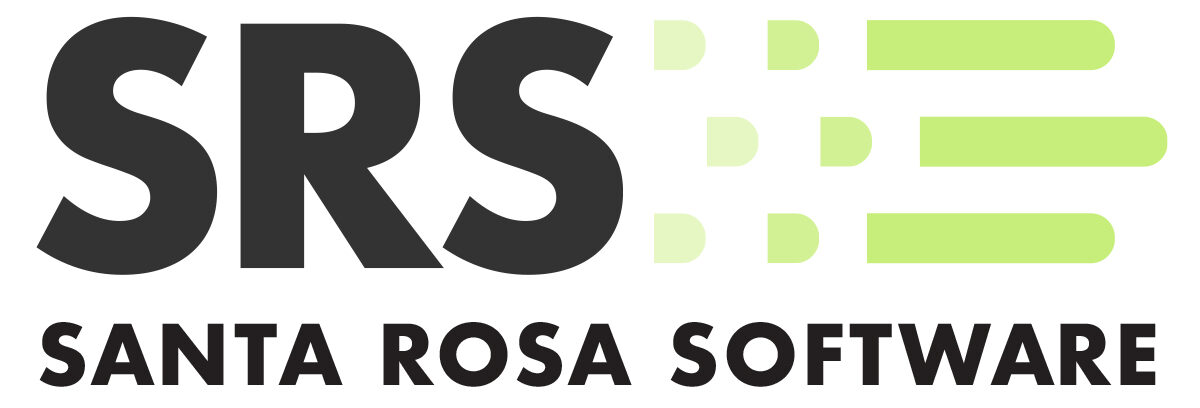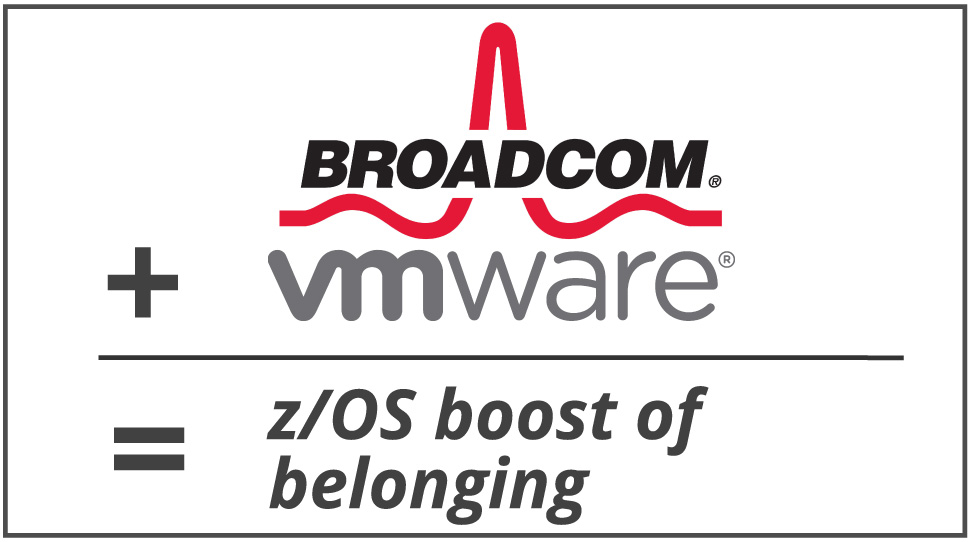Software giant Broadcom’s recent announcement to acquire VMware is obviously significant, but where the mainframe is concerned, the acquisition is monumental. Known traditionally for its semiconductor and infrastructure software solutions, Broadcom is more widely known within the mainframe community for its acquisition of mainframe software icon CA Technologies in 2018, for just under $19 billion. Looking back at the intersection of recent big-news acquisitions paints a very positive picture of Big Iron’s future, in spite of the talk in various IT circles about its demise. Take for instance:
- The IBM® acquisition of Red Hat in 2019: Total equity value in this deal was about $34 billion and the new tech added to the IBM app stack “redefines the cloud market for IBM’s business.”[1] For the modernization initiatives prevalent throughout the regulated industries where you will find a mainframe, the acquisition provides IBM the tools and expertise needed to deliver an orchestrated hybrid platform to facilitate any large-scale endeavor. With IBM’s all-hands push to capitalize on cloud technologies the Red Hat acquisition provides a lot more stickiness for z/OS® to be an integral part of enterprise initiatives for years to come.
I think we have to recognize that one of the ways that humanity functions most effectively is when we’re keeping an eye on each other and encouraging each other to behave, and the mainframe has that built into its very ecosystem.
- The Broadcom acquisition of CA Technologies $18.9 billion: Broadcom, known more for semiconductors and sensors than software, dove into the deep end of the mainframe software marketplace with this acquisition in 2018. With a firm foothold in the IT infrastructure space, Broadcom increased its footprint considerably with the CA acquisition. In its press release on the acquisition, Hock Tan, president and CEO of Broadcom stated, “CA is uniquely positioned across the growing and fragmented infrastructure software market, and its mainframe and enterprise software franchises will add to our portfolio of mission critical technology businesses. We intend to continue to strengthen these franchises to meet the growing demand for infrastructure software solutions.”[2]Tan’s intentions appear to reinforce what we at Santa Rosa Software have been saying for the past couple of years: the mainframe is here to stay, and it will continue to be an integral part of large regulated industries’ infrastructures. I know of a few instances when large enterprises took on initiatives to move off z/OS. In each of these instances, after several years of trying to leave Big Iron behind, these organizations are embracing the mainframe and continuing to run large workloads on z/OS. z/OS just runs without any performance and availability issues so it’s mostly out of sight, and out of mind for business-side executives and customer-facing users. You don’t think about it, but when you use an ATM or use your credit card online, nine times out of ten that transaction goes through a mainframe. Broadcom, under Tan, has known the mainframe is here to stay and this was front and center when they decided to acquire CA.
- Broadcom’s acquisition of VMware: The Red Hat acquisition instantaneously brought IBM fully into the cloud space with additional technology, human capital, and brand credibility to become an overnight industry leader in the space. On the heels of this major announcement, Broadcom announced its intent to acquire VMware for just over $60 billion. Broadcom will now rebrand its software group to operate and be named VMware. Think about that: Broadcom’s software for the mainframe may now be rolled under VMware, “a leading provider of multi-cloud services for all apps,” according to the press announcement.[1]
If you search on VMware.com for “mainframe” the first article that comes up is “How to Migrate Applications Off a Mainframe;” that’s right, first article. I’ve been in the mainframe space 14 years, general tech space about 25 years. VMware has never been associated as a complement to z/OS. Other articles in this “mainframe” search support this take with phrases in the search results such as “mothball mainframe” and “journey from the mainframe” and other similar takes. With Broadcom’s acquisition, the mainframe is definitely here to stay and complement VMware in the cloud powering high transacting workloads. It is simply the right transactional computing system for large enterprise and government. The mainframe is here to stay, and its value cannot be overstated. It is worth noting that when before IBM launched the s/360 in 1964, the company invested $5 billion into research and development, a sum in today’s dollars worth more than $50 billion. I found no number for R&D poured into the z16, but with its speed and workload capability, it is undoubtedly a tidy sum.
How valuable is the mainframe today?
- IBM’s recent launch of its z16 mainframe with AI built into the chip and onboard quantum-safe cryptography confirms its support of Big Iron through investment. Investment in hardware and acquisition of tech and technologists to stay in the forefront of enterprise IT infrastructure. The z13 started it about 10 years ago and the recent z16 confirms IBM is committed.
- IBM and Apple partnered in 2014 with a MobileFirst enterprise initiative. The idea initially was to extend iOS applications across large enterprises. IBM CEO Ginni Rometty said at the time, “current enterprise mobility ends at email and calendaring.”[1] The partnership was a natural next step for the two tech giants and today that partnership extends to allow customers to “roll out advanced in-app machine learning capabilities through Apple’s Core ML and IBM’s Watson technologies.”
- The acquisition and partnering evidence suggest that Broadcom and IBM believe the mainframe is here to stay. It is no coincidence that along with the progression of a “new Big Iron” (z13 in 2015 on through the z16 this year), both companies have advanced their solution portfolios to complement z/OS: The three software acquisitions come at a collective price tag of nearly $114 billion. This is a lot of money for a “legacy system destined for mothballing.”
Santa Rosa Software and the Mainframe
At Santa Rosa Software we too are fully vested in the mainframe and believe its most impactful years lie still ahead. We believe the next generation of mainframer will be looking for innovation and convenience in better applications for mobile and the enterprise. Our first mobile application built for this new wave of mainframer is the KhyberPass™ password manager for IBM z/OS. If you know the facilities that manage z/OS security – RACF, ACF2, and TSS – you know the unique policies for password management on the platform. In many enterprises with z/OS, it takes a helpdesk resource to assist end-users’ management of passwords on the mainframe: “You must have this numeric here. You must have this alpha here and it must be capitalized. You can’t have consecutive sequential or duplicate characters. WHAT IS THE POLICY and HOW DO I MANAGE THIS?”
KhyberPass™ removes the burden of z/OS password management by storing specific policy configurations in the mobile device and managing prompts to update passwords with the right rules for simple, fast password changes. More info on KhyberPass™ can be found at https://santarosasoftware.com. KhyberPass™ can also be found on the Google Appstore here. An iOS version is in development and will be in production later this year.
[1] https://newsroom.ibm.com/2019-07-09-IBM-Closes-Landmark-Acquisition-of-Red-Hat-for-34-Billion-Defines-Open-Hybrid-Cloud-Future
[2] https://www.broadcom.com/company/news/financial-releases/2357930
[3] https://www.broadcom.com/company/news/financial-releases/60271
[4] https://appleinsider.com/articles/14/07/15/apple-and-ibm-join-forces-to-push-mobile-enterprise-solutions

